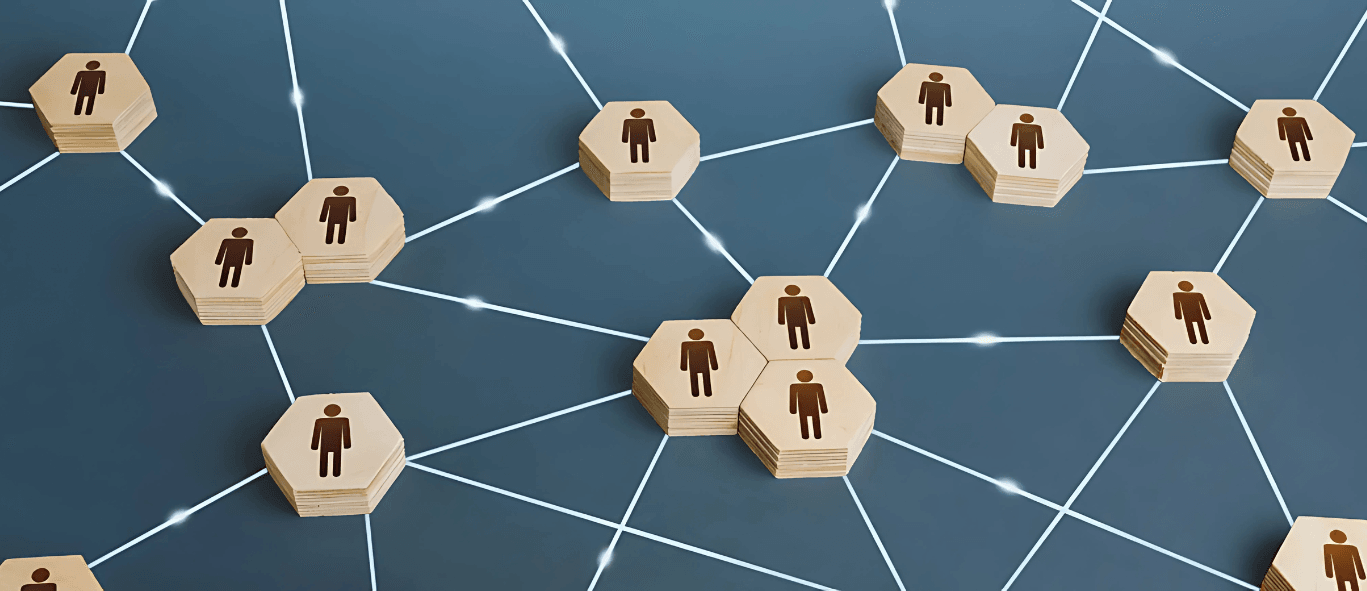Contact Us
If you're working on something real — let's talk.
Development & Integration
Blockchain Infrastructure & Tools
Ecosystem Growth & Support
© 2025 Lampros Tech. All Rights Reserved.
Published On Jul 21, 2025
Updated On Jul 21, 2025

Aspect | Traditional Organization | DAO |
|---|---|---|
Governance | Centralised (CEO/Board) | Decentralised (token holders or members) |
Legal structure | Registered entities | Often on-chain, with legal wrappers optional |
Operations | Off-chain and private | Transparent and recorded on-chain |
Treasury control | CFO or finance team | Community-governed smart contracts |
Entry barrier | Hiring or invitation only | Permissionless or token-based entry |
Model | Description |
|---|---|
Token Voting | 1 token = 1 vote. Simple, but favours whales. |
Delegated Governance | Token holders delegate votes to active representatives (e.g. Uniswap, Arbitrum). |
Quadratic Voting | Reduces whale dominance by making each additional vote costlier. |
Reputation-Based Voting | Weight based on past contributions or off-chain reputation (e.g. Gitcoin Passport). |
Multisig or Council | Small group handles quick decisions, often with community oversight. |
Tool / Framework | Highlights |
|---|---|
Aragon OSx | Modular DAO plugins with fine-grained roles and permissions |
DAOhaus v3 | Moloch-based with frontends, subDAOs, and summoning rituals |
Nouns Builder | Full-stack governance for Nouns-style auctions and proposals |
Juicebox | DAO-native funding with token issuance, revenue splits, and withdrawal conditions |
Modular DAO SDKs | Open-source libraries (e.g. Union, Origami) that allow roll-your-own governance models |

Growth Lead
FAQs

A DAO (Decentralised Autonomous Organisation) is a blockchain-based system for coordinating people and resources without centralised leadership.
In 2025, DAOs operate using smart contracts, token-based or reputation-based governance, and modular tooling to manage proposals, voting, and treasury execution across chains.

DAOs come in various forms, including protocol DAOs (e.g., Uniswap), grant or impact DAOs (e.g., Optimism Collective), investment DAOs (e.g., Flamingo DAO), service DAOs (e.g., Raid Guild), and NFT collector DAOs (e.g., Nouns DAO).
Many DAOs now use hybrid models to combine funding, services, and governance under one structure.

The modern DAO tech stack includes Snapshot for voting, Tally for onchain governance, Agora for proposal tracking, Gnosis Safe for treasury control, and platforms like Otterspace and Dework for contributor management. Newer tools like Pairwise and AI delegates are also being integrated for improved decision-making and automation.

DAOs deal with low voter participation, governance centralization, Sybil attacks, inefficient treasury management, and unclear regulatory frameworks. Tools and design patterns are evolving to address these issues with automation, identity layers, and modular governance frameworks.

DAOs represent a new model of digital organisation open, transparent, and borderless. They enable collective ownership, programmable coordination, and decentralized decision-making. As Web3 scales, DAOs are becoming the default governance infrastructure for protocols, communities, and public goods.